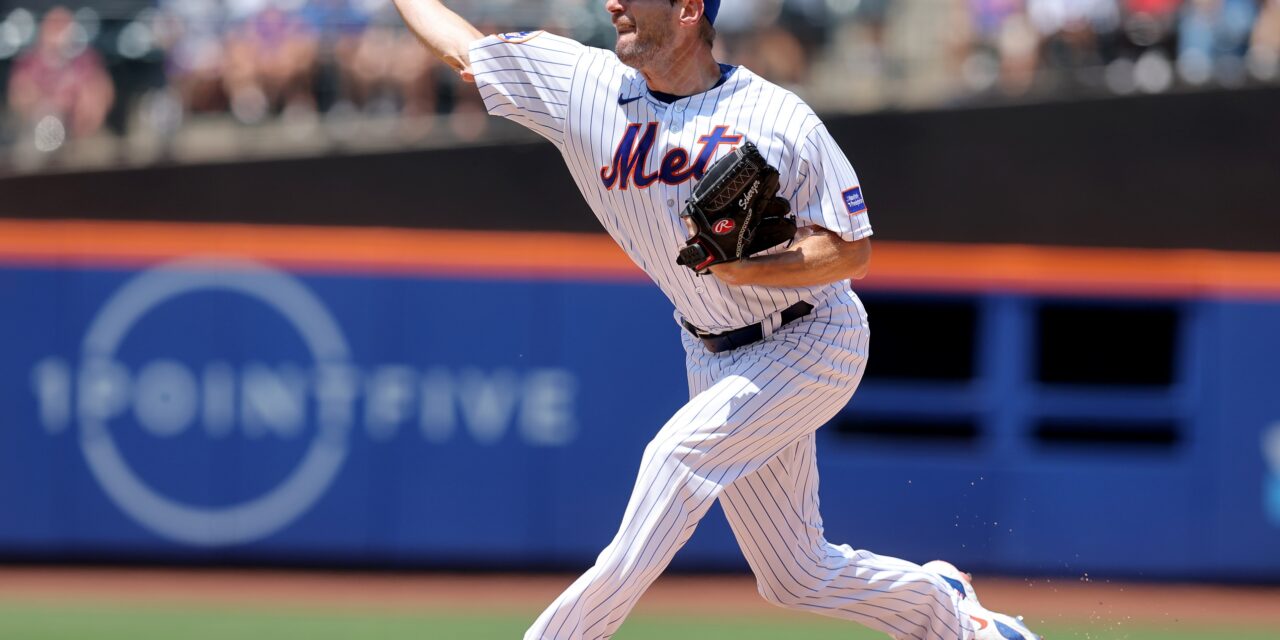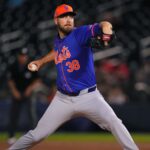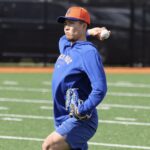With the first half in the rearview mirror, the New York Mets would like to get rid of the sour taste in their mouth and write a new chapter on their 2023 season. With the second half scheduled to start on Friday night, let’s take a look at five storylines to follow that could define the rest of the year.
Will Mets Be Buyers Or Sellers At Trade Deadline?
The fact that this is even a topic of discussion after all of the preseason hype and expectations demonstrates just how much of a disappointment the 2023 season has been for the Mets thus far. The team finished the first half with a 42-48 record, good for fourth place in the NL East. New York currently sits seven games behind the San Francisco Giants for the last wild card spot as well. There’s still an abundance of time left for the Mets to go on a run and get themselves back into true playoff contention, but time is ticking. Their play in the next handful of series will dictate how the front office and organization operate and maneuver for the rest of the season, with the trade deadline being a substantial part of that equation.
The Mets, after a disastrous month of June, finally showed some signs of life leading into the break. They opened July with a six-game winning streak and at least kept the door cracked open for the possibility of being buyers and surrounding their win-now core with major league talent at the deadline. The team, of course, needs to show they can sustain success before this discussion has any sort of credence, but it’s not an outlandish concept.
Selling off some of their veterans on expiring contracts, however, feels like a more likely course of action for the Mets as of now. It’s unfamiliar territory for the organization, as the team has not entered the deadline as a true “seller” in several years as multiple front office regimes have come and gone during that time frame. The Mets certainly have players that could catch the eye of teams around the league, such as Tommy Pham and David Robertson, and it wouldn’t be surprising in the slightest to see other names garner interest if Billy Eppler and company do in fact decide to pull the plug on the rest of the season.
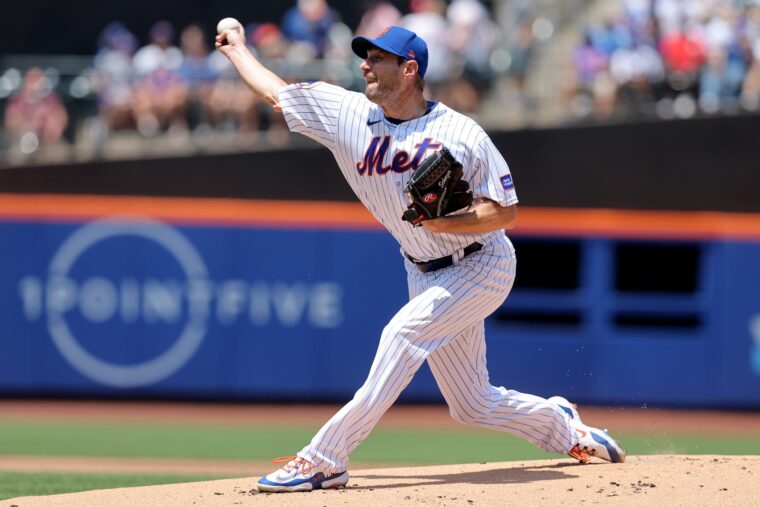
Brad Penner-USA TODAY Sports
Can Max Scherzer Regain Form?
One of the biggest storylines surrounding the Mets and the reason for their struggles is Max Scherzer’s rapid decline. The three-time Cy Young Award winner signed a three-year, $130 million deal with the team in 2021 and lived up to expectations last season, pitching to a 2.29 ERA over 23 starts with a 4.4 fWAR and a 10.37 K/9 rate. 2023 has been a different story, however.
Scherzer is in the midst of arguably the worst season of his career thus far as he owns a 4.31 ERA across 16 starts. There are a number of factors you can point to that can be attributed to his shortcomings, including both his home run and walk rates increasing considerably compared to last season. He’s also allowing more quality contact than ever before as his hard-hit rate, average exit velocity against and barrel percentage against are all on pace to be the worst marks of his career. His fastball and slider aren’t nearly as sharp or effective as they have been in the past either, which is rather significant considering how often he’s weaponized both pitches over the years.
The Mets desperately need Scherzer to round into form for there to be any hopes of salvaging their season. Forecasted as a co-ace alongside Justin Verlander, who’s had issues of his own, he has taken a huge step back and will be counted on to find his groove coming out of a much-needed break.
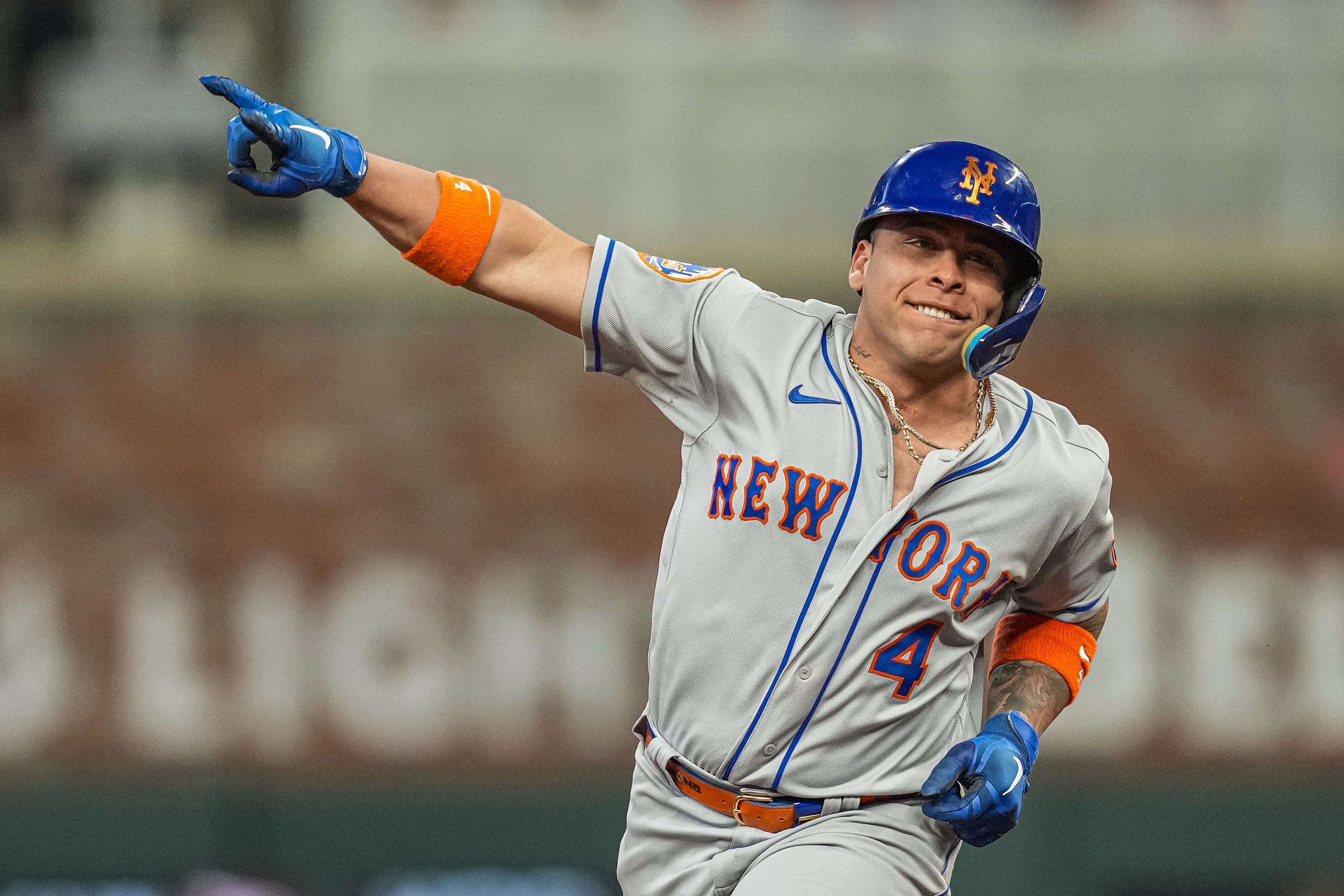
Dale Zanine-USA TODAY Sports
Second Half Performances for Mets Rookies
A silver lining for the Mets so far in 2023 is the contributions they’ve received from their rookies. Francisco Álvarez and Brett Baty have combined for 461 plate appearances with the former hitting 17 home runs while Kodai Senga earned an All-Star nod for his stellar work in the rotation. One of the more intriguing storylines as the second half gets underway is how each player builds off of their prior body of work while also trying to improve and navigate their way through the dog days of summer amidst a grueling schedule.
Álvarez’s campaign has been anything but conventional up to this point. He opened the year in Triple-A Syracuse and received an early call-up in April following an injury to Omar Narváez that thrust him into a substantial role despite questions about his readiness. He stumbled out of the gates in April before finding his wits about him and breaking out in May, then he struggled once again in June before exploding to open July. Álvarez is currently slashing .238/.295/.514 with 17 homers, which is second behind Corbin Carroll among National League rookies. His defense has emerged as a pleasant surprise as well, and it will be interesting to see how he holds up behind the plate full-time as the season rolls on.
Senga has been everything the Mets expected and then some as a 30-year-old rookie that was signed out of NPB. He’s set himself apart as the team’s most reliable starter and there aren’t many concerns about workload or experience negatively affecting the rest of his season, likely setting him up for success moving forward. He currently owns a 3.31 ERA over 16 starts with a 11.34 K/9 rate and 1.5 fWAR.
Baty, on the other hand, is a question mark. He’s held up well defensively, but there isn’t much to write home about offensively as he’s slashing .244/.315/.354 with a 91 wRC+ and five home runs. Both his average and max exit velocities are well above average, as is his hard-hit rate, but he struggles to lift the ball and generate power. The tools are there for Baty to become a complete hitter somewhere down the road though, and perhaps he can get the ball rolling with a strong second half showing.
It’s not out of the question that Mark Vientos gets brought back up or Ronny Mauricio makes his MLB debut, potentially adding to New York’s talented crop of young players coming up the pipeline.
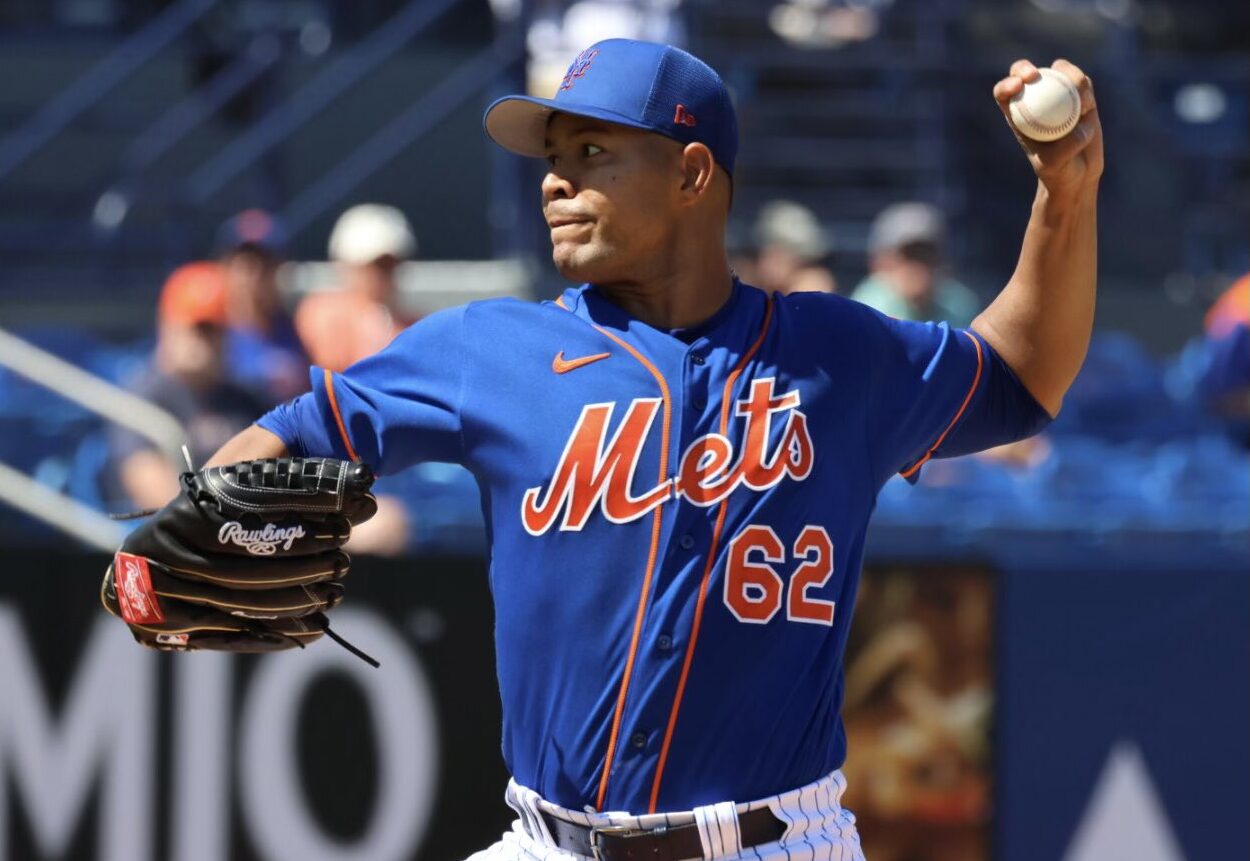
José Quintana. Photo by Ed Delany of Metsmerized
José Quintana’s Return
The Mets signed veteran left-handed starter José Quintana to a two-year deal worth $26 million this past offseason to supplement the rotation. Quintana, who has established himself as a workhorse over the course of his career, had a resurgence of sorts in 2022 with the Pittsburgh Pirates and the St. Louis Cardinals as he pitched to a 2.93 ERA and 4.0 fWAR across 32 starts.
Quintana went down with a rib injury in March during spring training and went on to miss the entire first half as a result. He has slowly worked his way back and made several rehab starts across New York’s farm system over the past few weeks as he continues to situate himself for what appears to be an imminent return.
Quintana’s formal introduction to the Mets’ rotation is important for a few reasons. One, he gives the team another experienced starter that can work deeper into games and take a bit of the load off the bullpen. Two, he gives the Mets more options as they look to tinker with the look of their staff. For example, they could opt to send David Peterson to the bullpen upon Quintana’s return and add another potential option there, or they could move to a four-man rotation like Mike Puma of the New York Post suggested was possible for the time being. Either way, Quintana will be a welcome and exciting addition and changes the outlook for a Mets pitching staff that needs to improve in the second half.
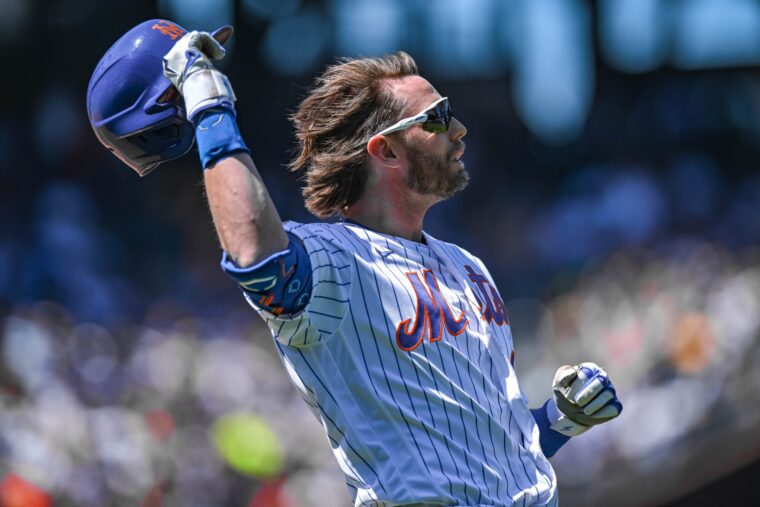
John Jones-USA TODAY Sports
Will McNeil and Marte Bounce Back?
The name of the game for the Mets is underperformance. We touched on it earlier with Max Scherzer and will do so again here with Jeff McNeil and Starling Marte, both of whom were All-Stars just a season ago.
McNeil presents an interesting case, largely due to the fact that his underlying metrics aren’t all that different from where they sat last year. His average exit velocity and hard-hit rate are in the same range across the two seasons as are his whiff and chase rate. McNeil’s contact numbers don’t vary much either, although his xBA and xSLG have both dropped off significantly. He went from hitting .326/.382/.454 in 2022 to slashing .253/.331/.328 this season, so it’s worth wondering if the lack of a shift has changed his approach and production. It doesn’t help McNeil’s profile from a general standpoint that his defense has also declined, as he’s down from eight Outs Above Average last year to zero so far this year.
There’s something more concrete to point to regarding Marte’s struggles as he is coming off of surgery to repair his core muscle this past offseason. His power has dissipated as a result though as he has just five home runs and a .336 slugging percentage over 326 plate appearances. Marte is making better contact more consistently than he did last year when he had a .292/.347/.469 slash line, but it hasn’t translated into meaningful output quite yet. He does remain an incredible base runner and base stealer in particular, but he’s among the worst defenders in the league and is well below-average at the plate, making him borderline unplayable at times.
Both McNeil and Marte were indispensable parts of the Mets’ offense last year and have track records to the point where you expect them to produce regularly. If one or both of this pair can find their mojo and get going, it could do wonders for the offense and the team as they look to make a run.


